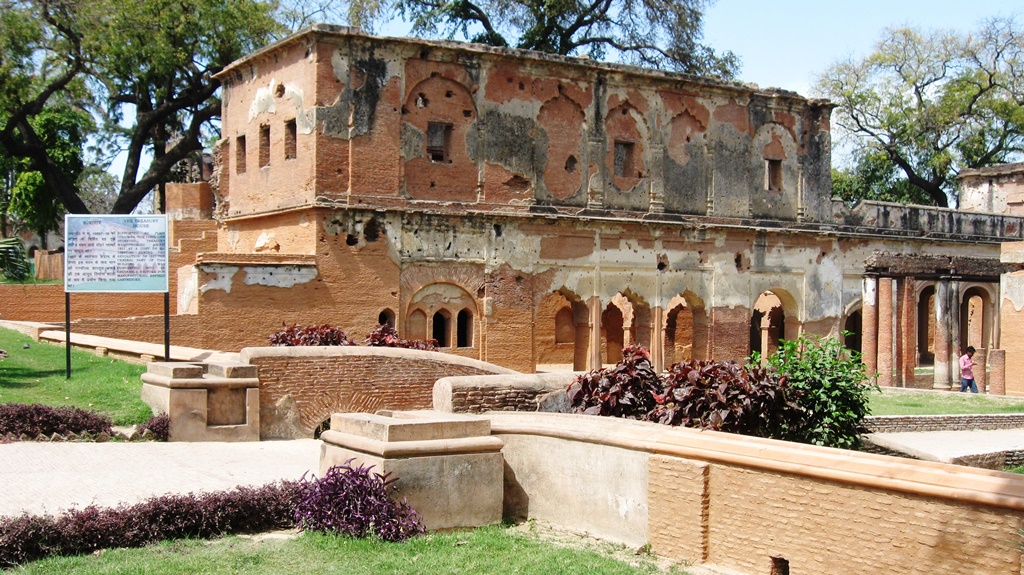Lucknow Residency:
The first war of Independence
At the core of Lucknow, amid India's rich fabric of history lies the Lucknow Residency--an invaluable testament to an essential chapter in India's journey towards independence. Built in the early 1800s, this architectural masterpiece served as the residence for the British General in Oudh, a vassal state under British East India Company control. However, its significance extends far beyond this colonial origin. Lucknow Residency stands as an enduring reminder of one of India's most remarkable episodes--the Indian Rebellion of 1857 (commonly referred to as the Sepoy Mutiny). The sprawling complex of grand mansion, elegant mosque, and various outbuildings was at the core of an unprecedented heroic struggle for freedom that left its mark upon this remarkable location. In 1857, India experienced its first revolt, and the Lucknow Residency came under siege for over six months by rebel forces from across India. This historic siege not only tested British residents and soldiers' resilience; it was a pivotal moment in India's quest for independence. Today, this historic site has been restored and transformed into a museum, providing visitors a chance to step back in time and immerse themselves in what happened during that pivotal year of 1857.

